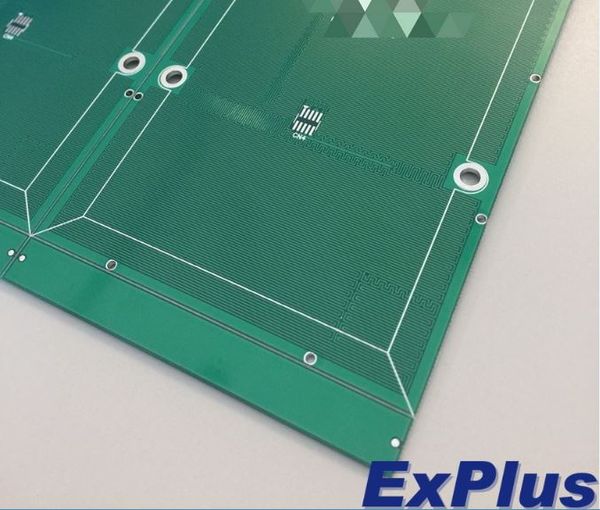¿Qué es HASL en PCB?
- HASL boards, Hot Air Solder Leveling, is to spray a layer of tin on the surface of the copper foil to protect the copper foil, and then use hot air to form an air knife to level the tin surface. There are two common spray Tin equipment, vertical and horizontal.
- HASL used to dominate the PCB surface treatment process, which is an excellent process for larger components and wires with larger spacing.
However, the industry is gradually reducing the use of HASL because it is relatively dirty, unpleasant and dangerous in the process. The trend of lead-free has begun in recent years, which has further restricted the use of HASL. Although there is a so-called lead-free HASL, it involves issues such as equipment compatibility.
- Advantages of HASL:
- Because the plating layer itself is tin, a better Wetting effect can be obtained.
- HASL is also low in price and good in welding performance, usually only for the first side, not necessarily for the second reflow side.
- Long storage time and mature technology; suitable for visual inspection and electrical measurement.
- Disadvantages of HASL:
- Not suitable for welding fine gap pitch and too small parts because the surface flatness of HASL is not good.
- It is easy to have solder bead in PCBA process, and it is easy to cause short circuit to fine pitch parts.
- When used in the double-sided SMT process, since the second side has passed the first high-temperature reflow soldering baptism, it is very easy to spray tin and re-melt to produce tin beads or similar droplets that are affected by gravity and drop into spherical tin spots. In addition, the second reflow surface may also cause tin oxidation and IMC generation in advance to affect solderability during the first reflow.




